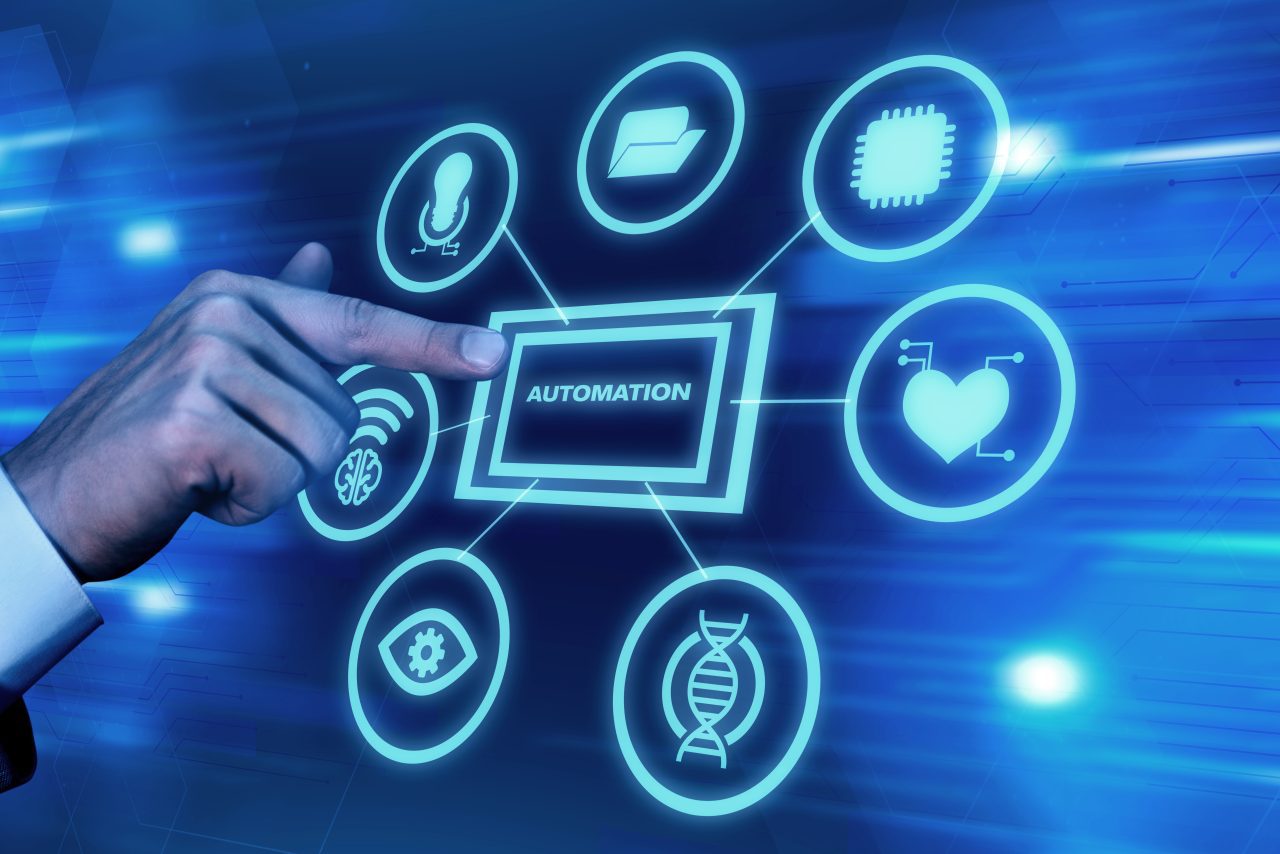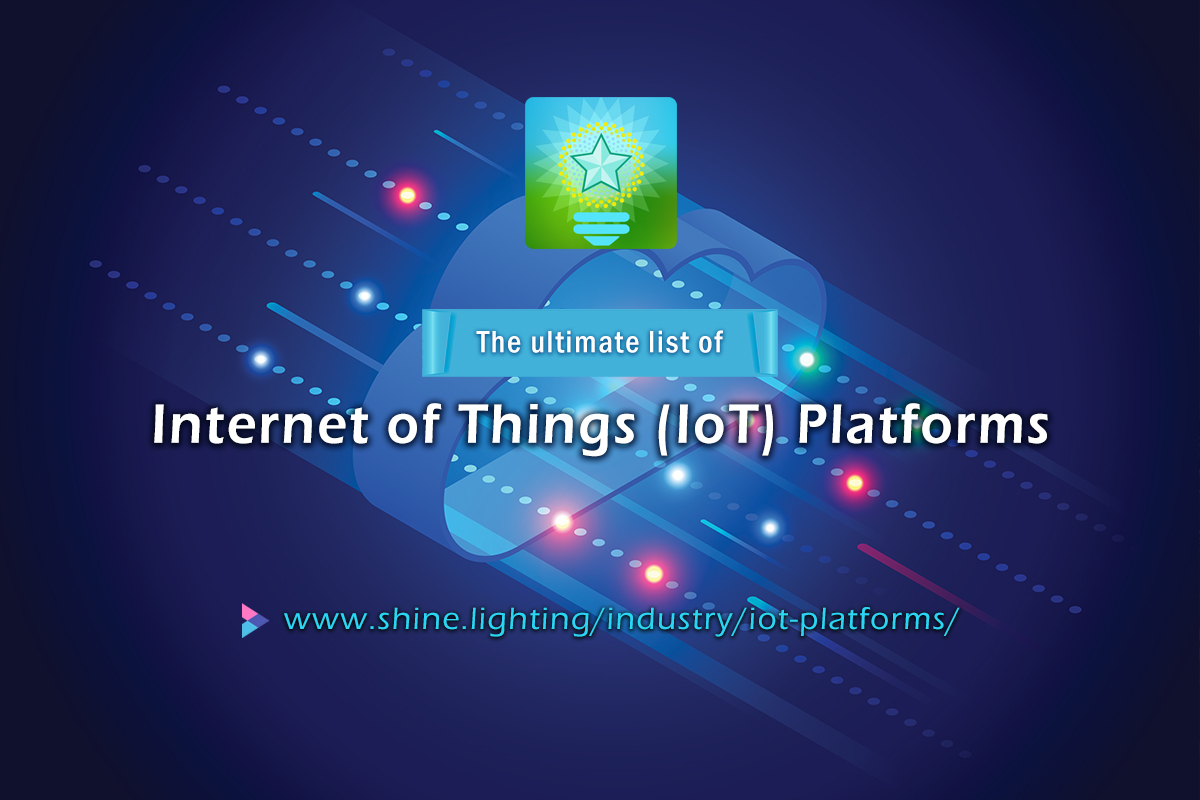It feels like every day, more and more of the items around us are starting to connect and share information. From the little gadgets in our homes to the bigger machines we use, these things are becoming part of a vast, linked system. This idea of everyday objects talking to each other, making our lives a bit easier or just giving us helpful information, is becoming a very real part of how we live.
When we talk about the internet of things, or IoT as it's often called, we are really just talking about physical items that have tiny sensors, some processing power, and even special computer programs built into them. These items can then link up and swap details with other items and computer systems, all through the internet. It's like your coffee maker could, in a way, let your alarm clock know you are awake, or your car could tell your home thermostat to warm up as you get closer.
So, what does all this linking and sharing mean for you, perhaps if you are looking to build something new or just curious about how these connections work? Well, it often means needing a central place for all these clever devices to send their information and get instructions. This is where something called an IoT platform comes into the picture. And the really interesting part, you know, is that there are quite a few options for iot platforms free to get you started, without needing to spend money right away.
- Moneylion Customer Service
- Stars Who Wear Dentures
- Top 10 Skinniest Person In The World
- Chase Home Loan
- Greek Mafia Members
Table of Contents
- What Exactly Are These Connected Things?
- How Do These Smart Gadgets Talk to Each Other?
- What Makes a Device "Smart" Anyway?
- Why Consider Free IoT Platforms for Your Projects?
- Are There Really Good IoT Platforms Free for Everyone?
- Getting Started with IoT Platforms Free-What to Look For?
- Real-World Examples of IoT in Action
- The Future of Connected Living with IoT Platforms Free
What Exactly Are These Connected Things?
When people talk about the internet of things, they are often pointing to a huge collection of physical items that have little sensors built into them. These items also carry the ability to process information and have special computer programs that help them do their jobs. These are the pieces that connect and swap bits of data with other items and bigger computer setups, all thanks to the internet. Think of it as a way for your everyday objects to gain a kind of digital voice, letting them share what they are doing or what they are experiencing. It's more or less about giving ordinary things a way to communicate with the wider digital world, making them more helpful or responsive to our needs.
These items are not just simple machines anymore; they are part of a bigger picture, a network of physical devices. This network includes things like your car, your kitchen appliances, and all sorts of other physical objects that come with these special sensors, computer programs, and ways to connect to the internet. They can send information to one another without a person needing to step in and tell them what to do. This means less effort for you, and often, a smoother way for things to happen around you. It's quite fascinating, how these items just sort of work together on their own, isn't it?
How Do These Smart Gadgets Talk to Each Other?
The way these smart gadgets communicate is a bit like a big, invisible conversation happening all around us. The internet of things, or IoT, really describes a web of physical devices that can pass information back and forth without a person needing to get involved. This means your refrigerator could tell your phone when you are running low on milk, or your fitness tracker could send details about your steps straight to a health app. It’s all about these devices being linked together, sharing their observations and actions. This linking helps create a more responsive environment around us, making our daily routines a little more seamless.
These interconnected items are typically fitted with special computer programs and tiny sensors that help them gather information. They also have the necessary parts to connect to a network. This setup allows them to gather things like temperature, movement, or even how much of something is left, and then send that information along. The key here is that they can transfer this data to each other without a person needing to push buttons or give commands. This ability to exchange data with little human intervention is what really makes them part of this connected world. So, it's virtually a constant flow of information between things, making them quite clever.
What Makes a Device "Smart" Anyway?
A device becomes what we call "smart" when it has internet access, along with those little sensors and other bits of computer hardware built right into it. These components let the device collect information from its surroundings, like how warm a room is, or if a door is open. Once it has that information, it can then share it with other devices or send it up to a cloud service. This ability to gather, share, and sometimes even act on information without direct human input is what gives these items their "smart" quality. They are, in a way, digitally connected to a much larger universe of similar devices.
The internet of things connects everyday items to other items and to special applications that live in the cloud. This connection makes them intelligent and interactive. For example, a smart thermostat doesn't just turn on the heat; it might learn your habits, check the weather forecast, and then adjust the temperature on its own. This means these items can do more than their basic job; they can react to their environment and even anticipate your needs. This kind of interaction, where objects respond to each other and to you, tends to make our lives a bit richer and more convenient.
Why Consider Free IoT Platforms for Your Projects?
If you are thinking about trying out an IoT project, perhaps for a hobby or a small business idea, looking into iot platforms free options is a really sensible first step. These platforms give you a place to connect your devices, collect their data, and even control them, all without a big upfront cost. It means you can experiment, learn, and build things without feeling like you are making a huge financial commitment. This allows for a lot of freedom to try out different ideas and see what works best for your specific needs. It's actually a great way to get your feet wet in the world of connected devices.
Using a free platform also means you can focus your resources on the physical devices themselves or on developing the unique ideas you have for them. You don't have to worry about the expense of setting up the backend infrastructure, which can be quite involved. Many of these free offerings come with enough features to get a basic project up and running, helping you test out concepts and gather initial information. So, it's pretty much a way to lower the barrier to entry, making it easier for more people to explore what's possible with connected technology.
Are There Really Good IoT Platforms Free for Everyone?
Yes, there are indeed some very capable iot platforms free for public use, often with certain limits on how much data you can send or how many devices you can connect. These free versions are usually set up to let individuals, students, or small groups get started and learn without any cost. They might not offer all the advanced features that a paid, larger-scale platform would, but for many starting projects, they are more than enough. It's like getting a really good starter kit that lets you build and test your ideas.
These free options are often provided by larger companies or by open-source communities. Companies might offer a free tier to let people try out their services, hoping they will upgrade later if their project grows. Community-driven platforms, on the other hand, are often built by volunteers and are truly open for anyone to use and even contribute to. So, you know, there's a good chance you can find something that fits your needs, even if you are just tinkering around. They are designed to be accessible, which is pretty neat.
Getting Started with IoT Platforms Free-What to Look For?
When you are looking at iot platforms free options, there are a few things you might want to keep in mind. First, consider how easy it is to use. Are the instructions clear? Is it simple to connect your devices and see the data they are sending? You don't want to spend all your time trying to figure out the platform itself. Look for something that feels intuitive and has a friendly way of showing you how things work. A platform that is easy to pick up will save you a lot of headaches, actually.
Another thing to check is what kind of community support is available. Do they have forums where you can ask questions? Are there lots of tutorials or examples online? Even if a platform is free, having a helpful community around it can make a huge difference, especially if you run into problems or need ideas. You know, learning from others who have used the platform before can really speed things up. Also, consider the types of devices it supports and if it can handle the amount of data you expect your project to generate, even if it's just a little at first.
Related Resources:



Detail Author:
- Name : Mrs. Janice Senger DDS
- Username : bartoletti.lincoln
- Email : orion41@gmail.com
- Birthdate : 1993-03-08
- Address : 97205 Carmelo Village North Brenden, FL 95093
- Phone : 262-304-4322
- Company : Waters LLC
- Job : Operations Research Analyst
- Bio : Assumenda hic harum porro. Optio at sunt quasi facilis saepe. Dolores et beatae veniam aut et sit.
Socials
linkedin:
- url : https://linkedin.com/in/luciennehamill
- username : luciennehamill
- bio : Ipsam minus tenetur reiciendis aut.
- followers : 1102
- following : 2466
tiktok:
- url : https://tiktok.com/@lucienne_dev
- username : lucienne_dev
- bio : Dolorum fugit quaerat laboriosam. Eos itaque amet incidunt.
- followers : 2507
- following : 1734
instagram:
- url : https://instagram.com/lucienne.hamill
- username : lucienne.hamill
- bio : Natus ut officia sint animi. Qui rerum repellendus ipsam.
- followers : 946
- following : 927
facebook:
- url : https://facebook.com/hamilll
- username : hamilll
- bio : Dicta rerum assumenda rerum sunt eum. Sit aliquam natus ad et est asperiores.
- followers : 123
- following : 537